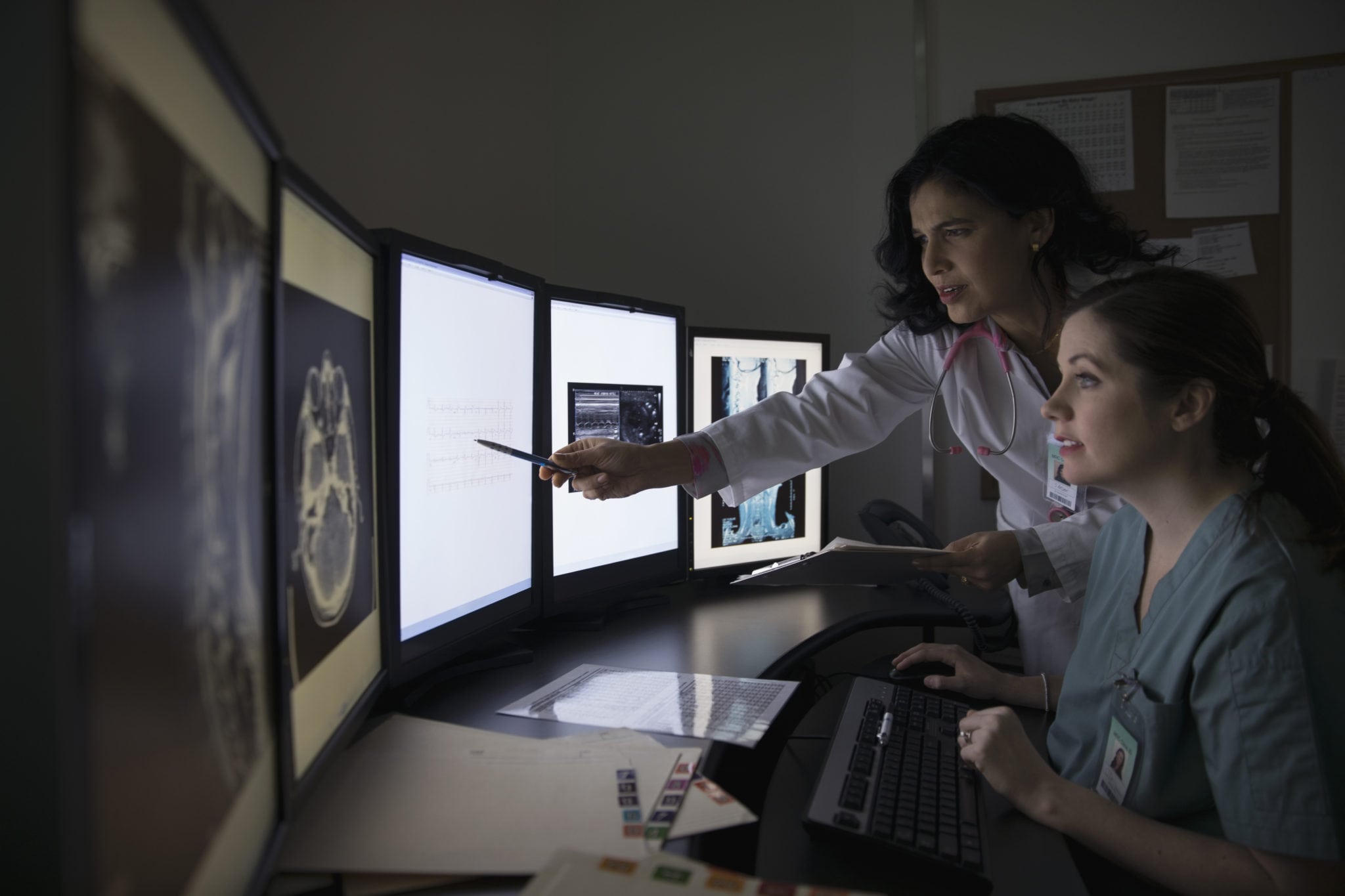

CBTS periodically asks IT thought leaders to share their insights and perspectives on important technology issues and challenges. We recently chatted with Mike Venerable, CEO of CincyTech. CincyTech is a seed-stage investor that was established to help transform innovation into high-performing life science and digital companies in Southwest Ohio, which in turn create jobs and economic vitality.
CincyTech focuses its investments on four core areas: enterprise software, business software applications, life sciences, and digital health, with healthcare featured significantly in its portfolio of companies. Mike and his team work with entrepreneurs, investors, economic development partners, research institutions, and community stakeholders to accelerate the growth of promising technology and life science startups in the region.
How would you describe the focus of CincyTech today?
While we look broadly at technology-based innovation, our focus has narrowed to healthcare, broadly speaking, and software – primarily B2B software. We do make a few investments in consumer digital services, but that’s a smaller part of our portfolio. We will also look at advanced materials, advanced technology opportunities occasionally. The bread and butter of what we do, 80 to 90 percent of the portfolio, is healthcare-related or business-to-business software.
What does your healthcare focus include and why is it an attractive industry?
We have a broad portfolio interest in healthcare, everything from therapeutics to medical devices and diagnostics. We have a growing interest in and investment focus around digital health, which is a little different in our view than the healthcare IT category.
I think of healthcare IT as more the automation of distinct healthcare processes, whether they’re clinical or business processes, and we view those investments just like we would view any other B2B software investment. Digital health is the application of digital scale and ubiquitous computing to healthcare problems, usually with a relationship to traditional clinical or scientific innovations.
Today it’s rare that a medical device does not have a digital element. Digital innovation is now pushing hard against traditional resistance to change in healthcare. We’ve seen digital innovation transform other industries, and we expect that to happen across healthcare, and not just in very traditional healthcare delivery means, but in other domains as well.
How can startups influence transformation in the healthcare sector?
All large companies in the past have been, and are being, disrupted by technology. There’s almost always early resistance. That resistance in healthcare is driven by good intentions, which is that change can be dangerous in a healthcare environment. There’s a good and natural role for a high bar to disruption. But if it starts to become clear patients are not getting access to disruptive technologies that can be curative or palliative, then we’ve got a problem.
The problem is the system first may not fully reward innovative companies for those benefits. We take a long view and assume that if you meet the disruptive bar – dramatically changing patient outcomes – then you’ll eventually get paid. People won’t wait and will pay for curative and enduring remitive therapies. There is a growing wave of these treatments that will reduce intensive engagement with the healthcare system, which not only makes lives better but will drop those costs. The bricks and mortar and balance sheet economics of healthcare will be disrupted by this change wave.
How is technology transforming healthcare delivery?
There’s this whole notion of ubiquity, continuous access to computational scale through continually connected devices. All these connected devices are allowing patients to be engaged continuously outside of a traditional encounter. And when you change that brick and mortar orientation, then you start to push preventative care out to the patient, out to the individual human, and you can keep them out of the most expensive care delivery models.
I am watching all of these new facilities come online and I fear that we are investing precious dollars in models that are not helpful. And many consumers view hospitals as dangerous places to go. Infections, medical errors, and poor service experiences make people wary of hospitals already. Maybe in 20 years, they don’t matter at all. It’s important to try to see the future, to look beyond just what this technology allows us to do, to implement current healthcare in a distributed model. It’s really what will technology do to change care, to enable us to deliver care in different ways.
One of the most active seed funds in the Midwest, CincyTech is supported by Ohio Third Frontier, more than two dozen foundations, corporations, municipalities and individuals as well as its founding partners, Cincinnati Children’s Hospital Medical Center, the University of Cincinnati, and the Cincinnati USA Regional Chamber, of which CincyTech is a subsidiary. For more information, go to cincytechusa.com.
To learn how CBTS is helping healthcare organization drive internal innovation and collaboration, read case studies on a healthcare system’s telemedicine solution and another system’s UCaaS solution.




















